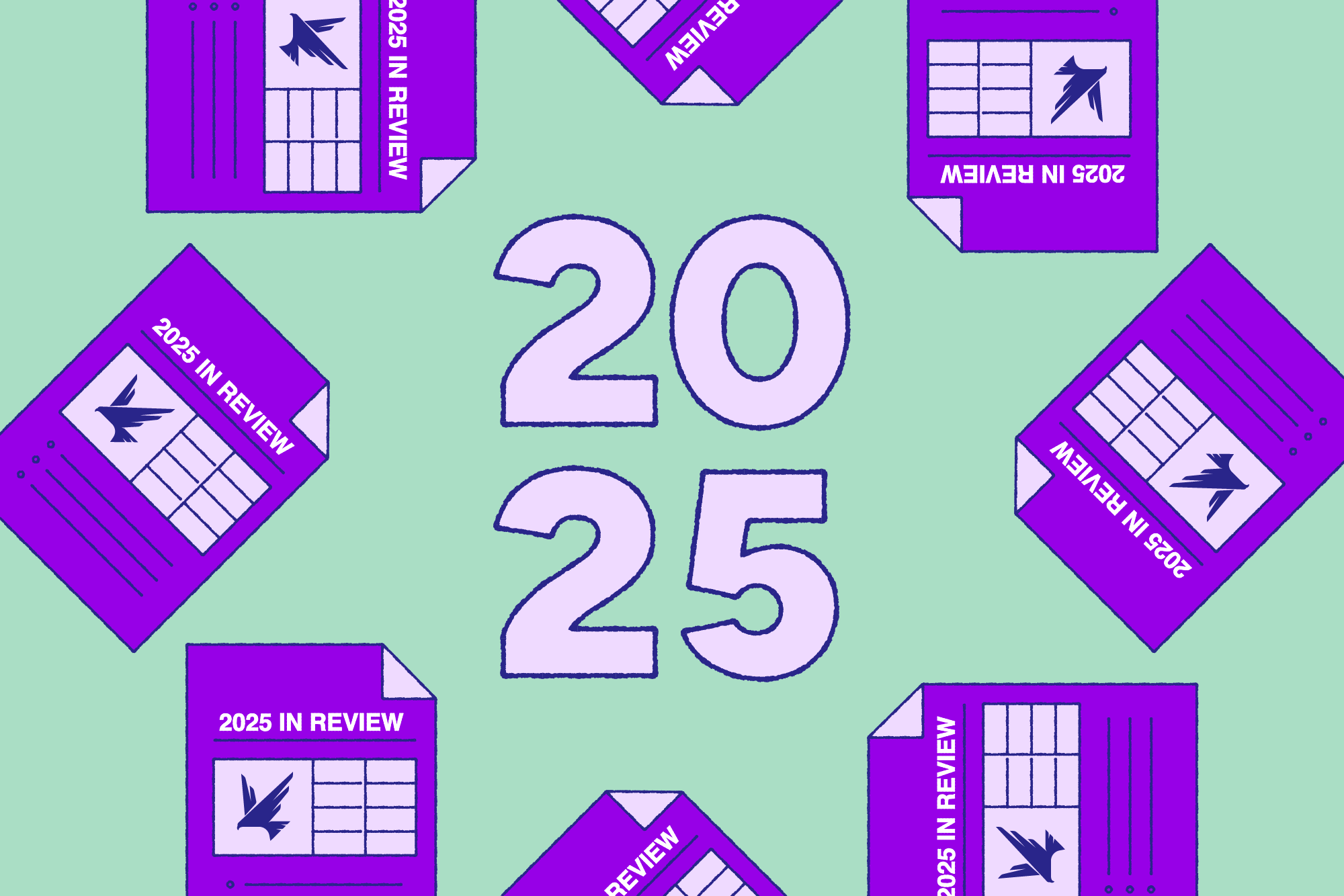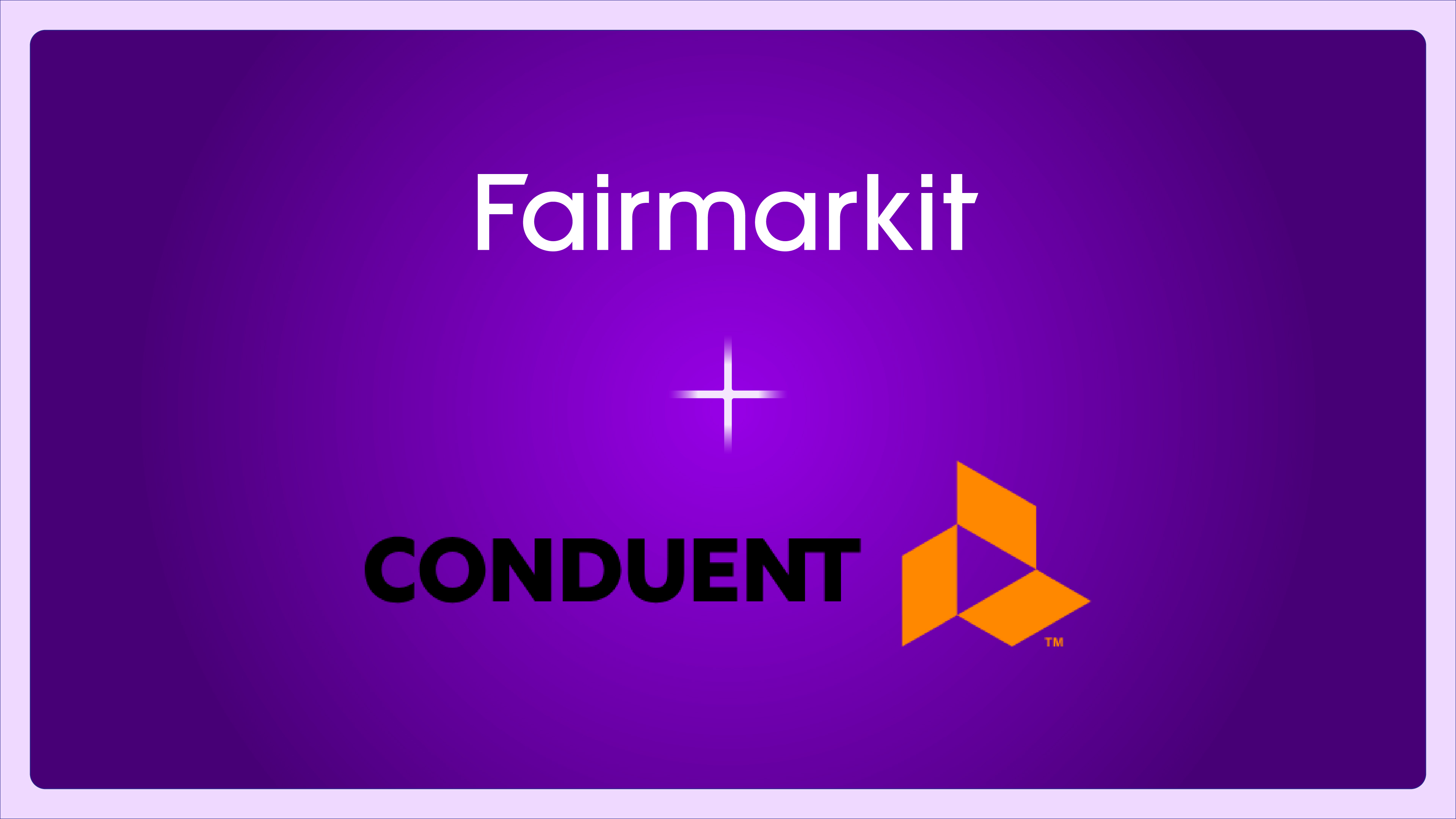Introducing Reverse Auctions to drive competition
Context
Internet-based e-auctions have been a feature of procurement technology since 1995, when McKinsey pioneered the technology with FreeMarkets, and it was well-adopted in the parts and automotive industries, as well as much of manufacturing. Since then, eAuctions have represented a small portion of enterprise sourcing, with widespread adoption in very limited sectors and companies, but limited use in most mainstream procurement organizations.
Traditional e-auctions tend to be very complex to set up and support, and while they absolutely produce remarkable results, they are often unpopular with suppliers and difficult to coordinate with stakeholders. Setting up an e-auction through existing technology is time consuming and highly nuanced, with dozens of auction types and settings, to the point where many e-auctions must be supported by professionals at the software company in order to launch properly.
Fairmarkit has embarked on a journey to change how auctions are perceived and executed. We want to make reverse auctions simple, straightforward and easy for everyone involved. So we did!
Capability
Fairmarkit makes it easy for our buyers to configure and execute auctions on our platform. By leveraging auctions on high value items or high value events, you can get increased engagement from your suppliers and ultimately better outcomes from the event. Events with low complexity in the items being sourced are great candidates for an auction via Fairmarkit. Our goal is to help you to improve your relationship with suppliers, and to maximize the outcome from your sourcing event.
To configure an auction, a buyer can leverage the same familiar experience they use to configure a Request-for-Quote (RFQ) in Fairmarkit. At the top of the page, buyers will see a new toggle option that allows you to convert a RFQ into an auction. Once the toggle is flipped, buyers can now provide additional details related to the auction. Typically, it is advisable to inform suppliers about the duration of the auction, and the duration of the preview period for the auction. Buyers can also describe how your suppliers can engage in the auction with options that include:
- Sharing visibility with suppliers of how the bids are trending over the duration of the auction
- Letting suppliers see if their bid was the lowest, and
- Letting suppliers view the lowest bid for each item in the auction

Via a chart, buyers can get a real-time view about the progress of the auction to see how the suppliers they invited are responding. You can also choose to include partial bids in the chart. The reverse auction functionality provides suppliers with additional visibility into bid activity, with live updates, so they can see exactly how competitive they are throughout the entire event.

Tips to maximize success from your auctions
- Ensure that all available contracts are expiring: Suppliers do not want to participate in an auction to win business a few years down the road. Buyers should ensure that the accepted bid gets awarded in the immediate future
- Identify suppliers and get initial quote: Consider executing a RFP or RFQ process via Fairmarkit before the auction is floated to get a fair idea of the market price
- Train suppliers: It is recommended that you train suppliers with the auction tool to minimize issues during the auction event
- Conduct live auctions: Consider enabling a hotline available for your suppliers, which enables them to get access to you at short notice during an auction
- Award business: Do not delay awarding for long, especially since your suppliers can see if they have the lowest bid in the auction event. Delaying awarding decision, or choosing not to award to the lowest bid from an auction can cause the buyer to lose credibility and it may make it difficult to attract bidders for the next event
- Do not use auctions for price discovery: Consider using other sources or use a RFP for benchmarking or price discovery. Once an auction is conducted, the participating suppliers expect an award to happen
- Contact all participating suppliers after the auction concludes: Contact your participating suppliers and spend some time explaining why they lost. It helps in supplier development and also building a rapport for future interactions
Conclusion
Fairmarkit’s auction capability provides buyers with competitive prices for the goods and services you are procuring. It also streamlines the procurement process and saves time, since each supplier is not required to submit a full proposal. Similarly for suppliers, Fairmarkit’s auction allows smaller businesses to compete in the process. A winning bid can lead to more business, as most buyers will look to source their ‘non-core’ products via auctions.
Interested in seeing a demonstration of how to use the Reverse Auction functionality? Watch here





